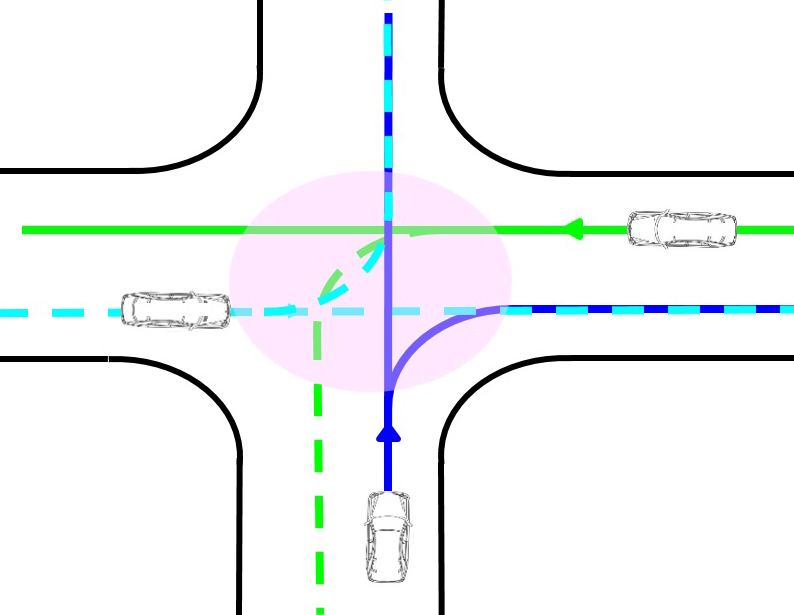The actual traffic situation clearly influences the planning of the driving strategy and the current driving behaviour. Accordingly, it is important to consider traffic as an external environment or boundary condition in the simulation-based prediction and analysis of vehicle behavior. This is achieved by adequate dynamic traffic models in the simulation process.
There are three main approaches to traffic simulation:
- macroscopic traffic models
- mesoscopic traffic models
- microscopic traffic models
These are each extended with stochastic modelling techniques in order to map variabilities. Depending on the application, we use all common modelling approaches and are also particularly concerned with the further development, improvement and combination of different approaches.

